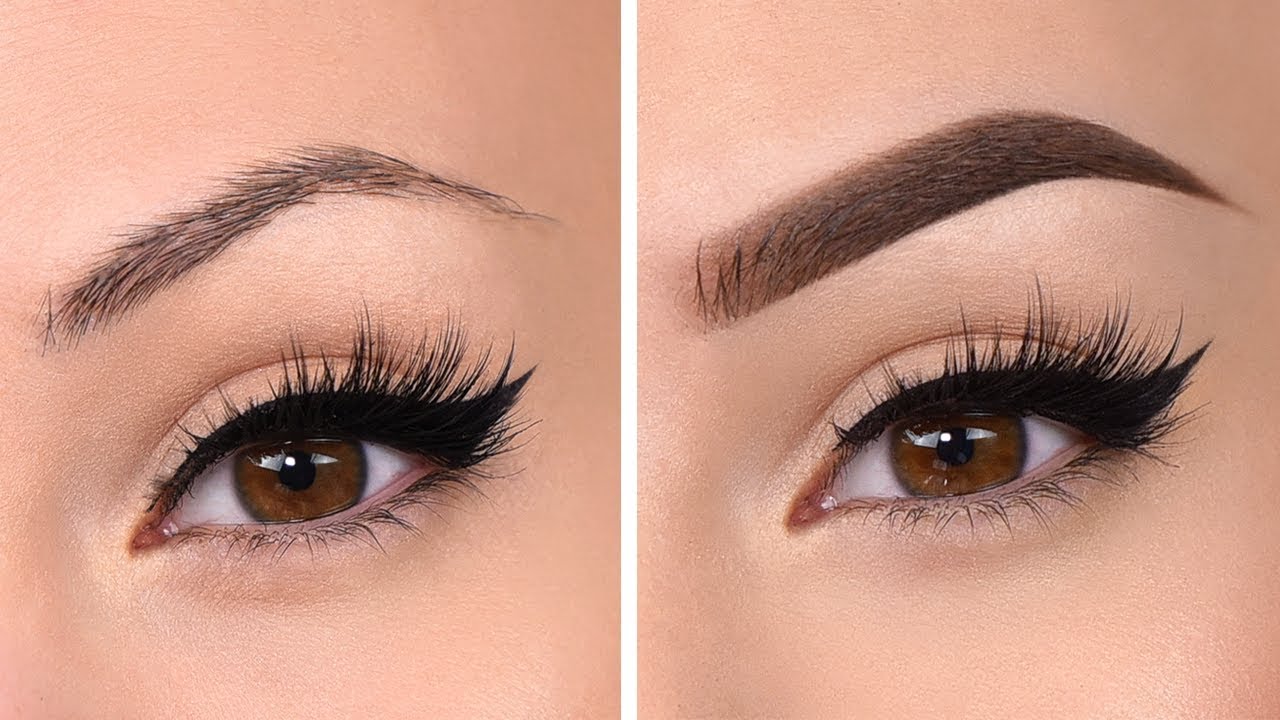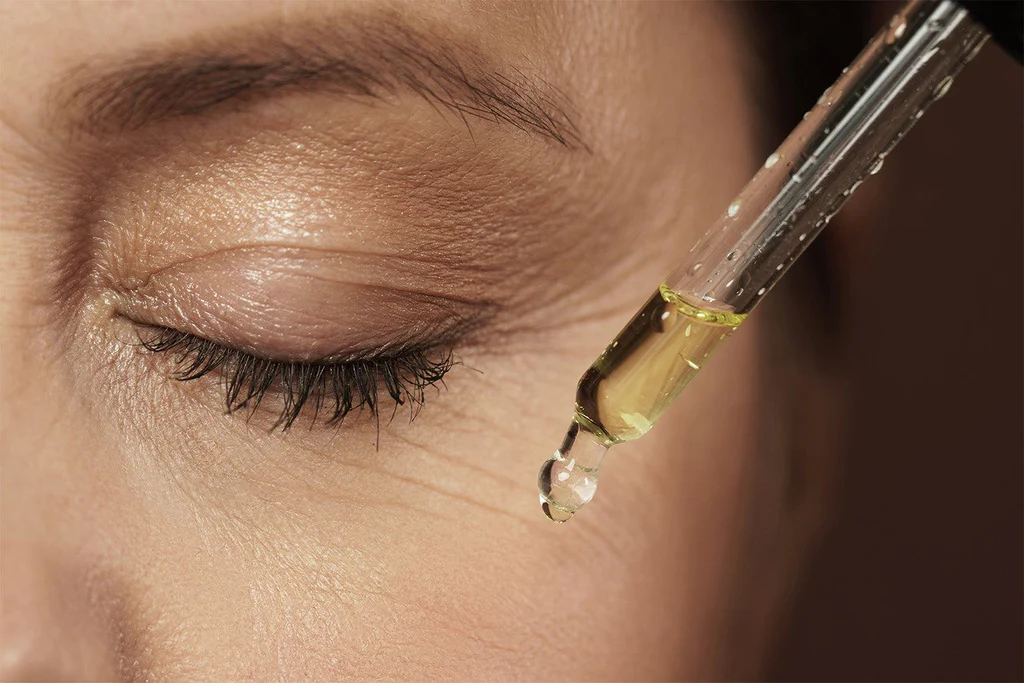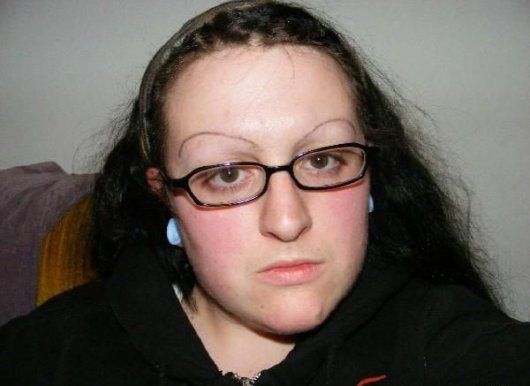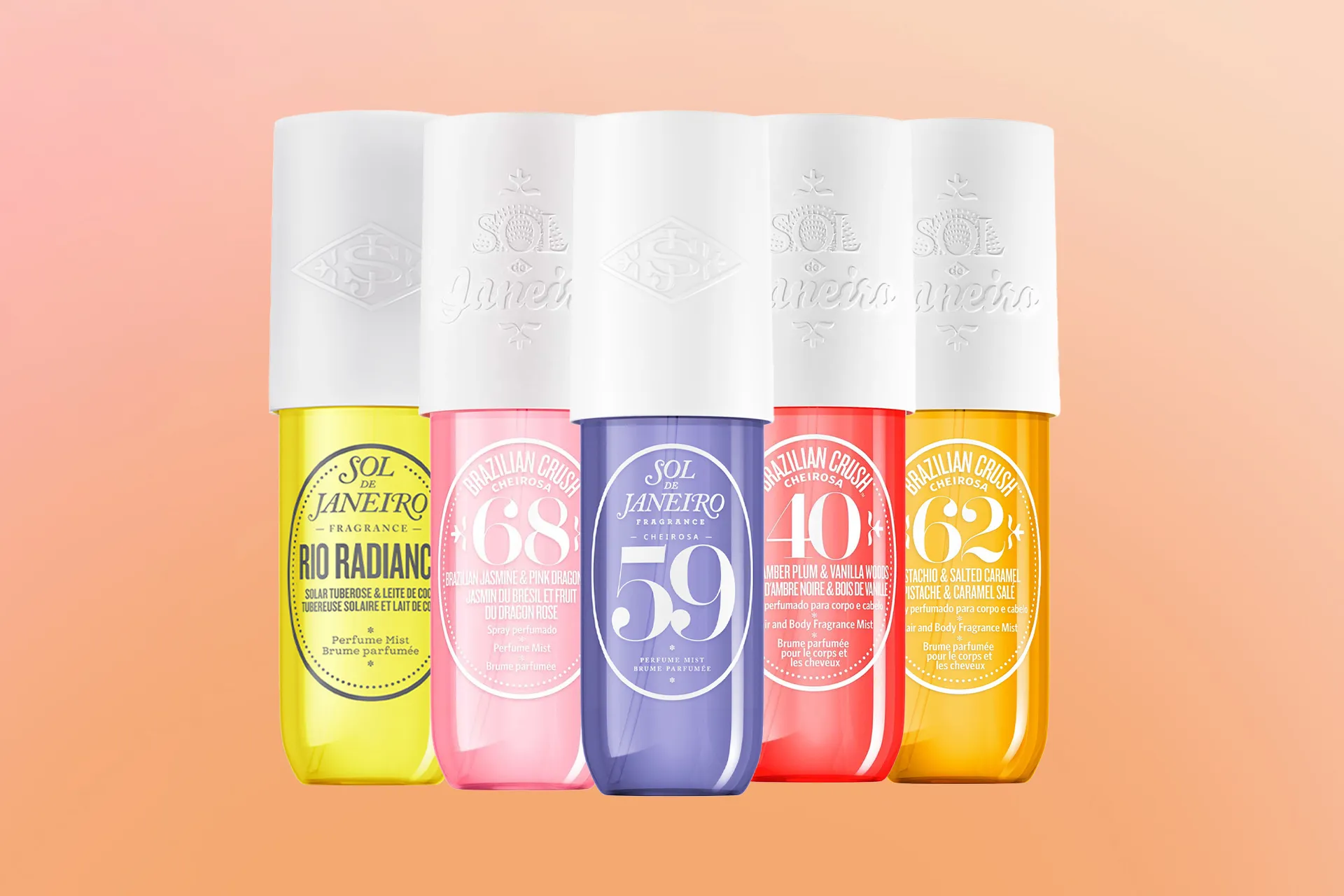Face threading is a method of hair removal that uses a thin cotton thread to pluck out unwanted hairs from the roots. It is especially suitable for shaping eyebrows and removing hair from the upper lip, chin, cheeks, and sideburns. In this blog post, we will explore the benefits, costs, aftercare, and disadvantages of face threading, as well as answer some frequently asked questions.
Face threading has many advantages over other hair removal methods, such as waxing, shaving or plucking. Some of the benefits are:
- It is precise and accurate. Face threading can remove even the finest and shortest hairs, leaving a clean and defined shape. It can also create a natural-looking arch for the eyebrows, enhancing the facial features.
- It is gentle and hygienic. Face threading does not involve any chemicals, heat, or pulling of the skin, which can cause irritation, redness, or allergic reactions. The thread only touches the hair, not the skin, minimizing the risk of infection or ingrown hairs.
- It is fast and convenient. Face threading can be done in a matter of minutes, depending on the area being treated. It does not require any preparation or recovery time, and the results can last up to four weeks.
- It is economical and eco-friendly. Face threading is relatively inexpensive compared to other hair removal methods, and the only material used is cotton thread, which is biodegradable and easy to dispose of.
Cheeks Threading
Cheeks threading is a type of face threading that targets the hair on the cheeks. It can help create a smooth and flawless complexion, as well as enhance the cheekbones and contour the face. Cheeks threading is suitable for both men and women who want to get rid of unwanted facial hair.
Cheeks threading is done by a trained professional who uses a twisted thread to catch and pull out the hairs from the follicles. The process is quick and relatively painless, although some people may experience a slight tingling or pinching sensation. The results are immediate and can last up to a month, depending on the individual hair growth cycle.
Cheeks threading can be combined with other face threading services, such as eyebrow threading, upper lip threading, or chin threading, for a complete facial makeover.
Eyebrow Threading Costs
Eyebrow threading is one of the most popular face threading services, as it can transform the look and expression of the eyes and the face. Eyebrow threading can create a customized shape for the eyebrows, whether it is arched, straight, thick, or thin, depending on the preference and facial structure of the client.
Eyebrow threading costs vary depending on the location, the experience of the threader, and the demand for the service. According to self-reported costs on RealSelf.com, the average cost of eyebrow threading in the United States is $15. However, the price can range from $5 to $42, depending on the factors mentioned above. Some salons may also offer discounts or packages for multiple sessions or combined services.
How to Take Care of Your Skin After Threading
Threading is a safe and effective way to remove facial hair, but it can also cause some minor side effects, such as redness, swelling, irritation, or bumps. These are usually temporary and subside within a few hours or days, but they can be minimized or prevented by following some simple aftercare tips:
- Apply a cool compress or a soothing gel, such as aloe vera, to the threaded area to reduce inflammation and calm the skin.
- Avoid touching, rubbing, or scratching the threaded area, as this can introduce bacteria and cause infection or scarring.
- Avoid applying makeup, perfumed products, or harsh chemicals to the threaded area for at least 24 hours, as this can clog the pores and irritate the skin.
- Avoid sun exposure, tanning beds, hot baths, saunas, or steam rooms for at least 48 hours, as this can increase the sensitivity and damage the skin.
- Keep the threaded area clean and moisturized, using a gentle cleanser and a hydrating lotion, to prevent dryness and flakiness.
- Exfoliate the threaded area gently once or twice a week, using a mild scrub or a washcloth, to remove dead skin cells and prevent ingrown hairs.
Disadvantages of Threading
Threading is a great option for facial hair removal, but it also has some drawbacks that should be considered before choosing this method. Some of the disadvantages are:
- It can be painful or uncomfortable for some people, especially if they have thick or coarse hair, low pain tolerance, or sensitive skin.
- It can cause skin reactions or infections if the thread is not clean, the threader is not skilled or the aftercare is not followed properly.
- It can be time-consuming or inconvenient if the threading service is not easily accessible, the appointments are not flexible or the results are not satisfactory.
- It can be inconsistent or unpredictable, depending on the skill and technique of the threader, the quality and type of the thread, and the individual hair growth pattern.
Gentle Threading
Gentle threading is a term that refers to a threading technique that uses a softer and smoother thread, such as silk or polyester, instead of the traditional cotton thread. Gentle threading is supposed to be less painful and more comfortable than regular threading, as it glides over the skin more easily and does not tug or pull as much. Gentle threading is also said to be more hygienic and durable than cotton threading, as it does not absorb moisture or bacteria and does not break or fray as easily.
Gentle threading is not widely available, as it requires a special type of thread and a different skill set from the threader. However, some salons may offer gentle threading as an option for clients who prefer a more gentle and pleasant threading experience.
Disadvantages of Threading Upper Lip
Threading the upper lip is a common face threading service that can remove the peach fuzz or the dark hair that grows above the mouth. Threading the upper lip can create a smooth and clean appearance, as well as enhance the shape and color of the lips. However, threading the upper lip also has some drawbacks that should be taken into account before opting for this service. Some of the disadvantages are:
- It can be painful or uncomfortable for some people, especially if they have thick or coarse hair, low pain tolerance, or sensitive skin. The upper lip area is one of the most sensitive parts of the face, and threading can cause a stinging or burning sensation that can last for a while.
- It can cause skin reactions or infections if the thread is not clean, the threader is not skilled or the aftercare is not followed properly. The upper lip area is also prone to irritation, redness, swelling, or bumps, which can be unsightly and annoying.
- It can be time-consuming or inconvenient if the threading service is not easily accessible, the appointments are not flexible or the results are not satisfactory. The upper lip hair can grow back quickly, requiring frequent threading sessions to maintain smoothness and cleanliness.
- It can be inconsistent or unpredictable, depending on the skill and technique of the threader, the quality and type of the thread and the individual hair growth pattern. The upper lip hair can also vary in thickness, color and direction, making it harder to thread evenly and accurately.
Benefits of Threading
Despite the disadvantages, threading is still a popular and preferred method of facial hair removal for many people. Threading has many benefits that outweigh the drawbacks, such as:
- It is precise and accurate. Threading can remove even the finest and shortest hairs, leaving a clean and defined shape. It can also create a natural-looking arch for the eyebrows, enhancing the facial features.
- It is gentle and hygienic. Threading does not involve any chemicals, heat or pulling of the skin, which can cause irritation, redness or allergic reactions. The thread only touches the hair, not the skin, minimizing the risk of infection or ingrown hairs.
- It is fast and convenient. Threading can be done in a matter of minutes, depending on the area being treated. It does not require any preparation or recovery time, and the results can last up to four weeks.
- It is economical and eco-friendly. Threading is relatively inexpensive compared to other hair removal methods, and the only material used is a cotton thread, which is biodegradable and easy to dispose of.
FAQs
Here are some frequently asked questions and answers about face threading:
- Q: Is face threading safe for everyone?
- A: Face threading is generally safe for most people, as long as they do not have any medical conditions or skin issues that may affect the procedure. However, some people may be allergic or sensitive to the thread or may have a higher risk of bleeding or infection. It is advisable to consult with a doctor before getting face threading, especially if you have any of the following:
- Diabetes
- Blood disorders
- Skin infections
- Acne
- Eczema
- Psoriasis
- Rosacea
- Warts
- Moles
- Scars
- Keloids
- Sunburns
- Cuts or wounds
- Retinoid or steroid use
- Q: How often should I get face threading?
- A: The frequency of face threading depends on the individual hair growth cycle, which can vary from person to person. Generally, face threading can last up to four weeks, but some people may need to get it done more or less often, depending on how fast their hair grows back and how smooth they want their skin to be. A good rule of thumb is to get face threading done when the hair is long enough to be caught by the thread, which is usually about 1/4 inch or 6 mm.
- Q: Does face threading hurt?
- A: Face threading can cause some discomfort or pain, depending on the sensitivity of the skin and the tolerance of the person. Some people may describe the sensation as a slight tingling or pinching, while others may find it more intense or unbearable. The pain usually subsides quickly after the threading is done, and can be reduced by applying a cool compress or a soothing gel to the area. Some factors that can affect the pain level are:
- The skill and technique of the threader
- The quality and type of the thread
- The thickness and coarseness of the hair
- The condition and sensitivity of the skin
- The use of numbing creams or ice before the threading
- The use of painkillers or anti-inflammatory drugs after the threading
- Q: Can I do face threading at home?
- A: Face threading can be done at home, but it is not recommended for beginners or inexperienced people. Face threading requires a lot of practice and precision, and it can be difficult to achieve the desired results without proper guidance and tools. Face threading can also cause injuries or infections if done incorrectly or unsafely. It is advisable to seek professional help or advice before attempting to do face threading at home or to watch online tutorials or videos to learn the basics and tips. Some of the things that are needed for face threading at home are:
- A clean and sterilized cotton thread
- A pair of scissors
- A mirror
- A tweezers
- A cool compress or a soothing gel
- A gentle cleanser and a hydrating lotion
Conclusion
Face threading is a simple and effective way to remove unwanted facial hair and enhance your beauty. It has many benefits, such as precision, gentleness, speed, economy and eco-friendliness, that make it a preferred choice for many people. However, face threading also has some disadvantages, such as pain, skin reactions, inconvenience and inconsistency, that should be weighed before opting for this service. Face threading can be done by a professional or at home, but it requires proper care and attention to avoid any complications or risks. Face threading can be a great addition to your beauty routine, as long as you follow the tips and advice in this blog post. We hope you found this information useful and informative. If you have any questions or feedback, please let us know. Thank you for reading!
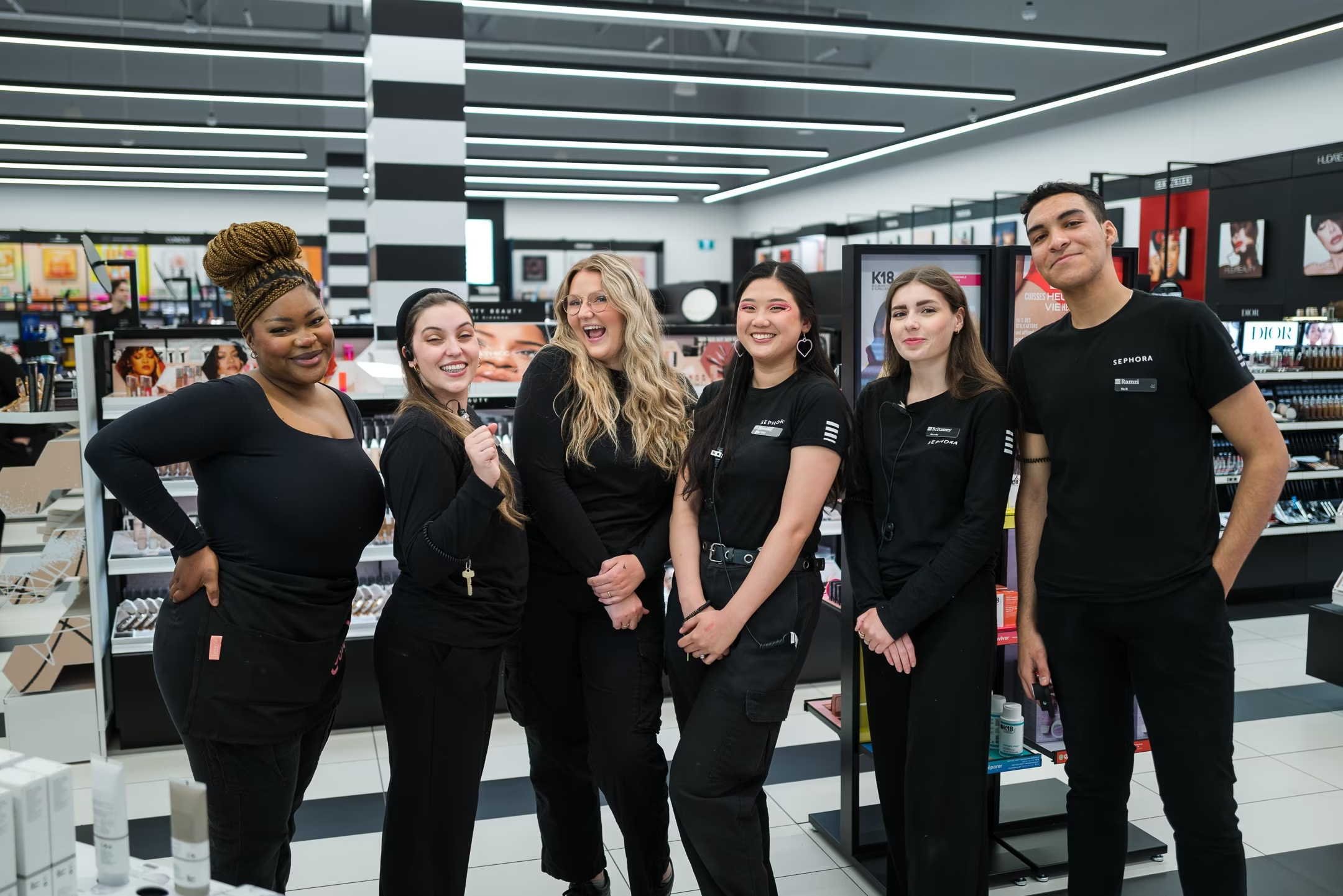
 By
Your Beauty Plug
By
Your Beauty Plug

